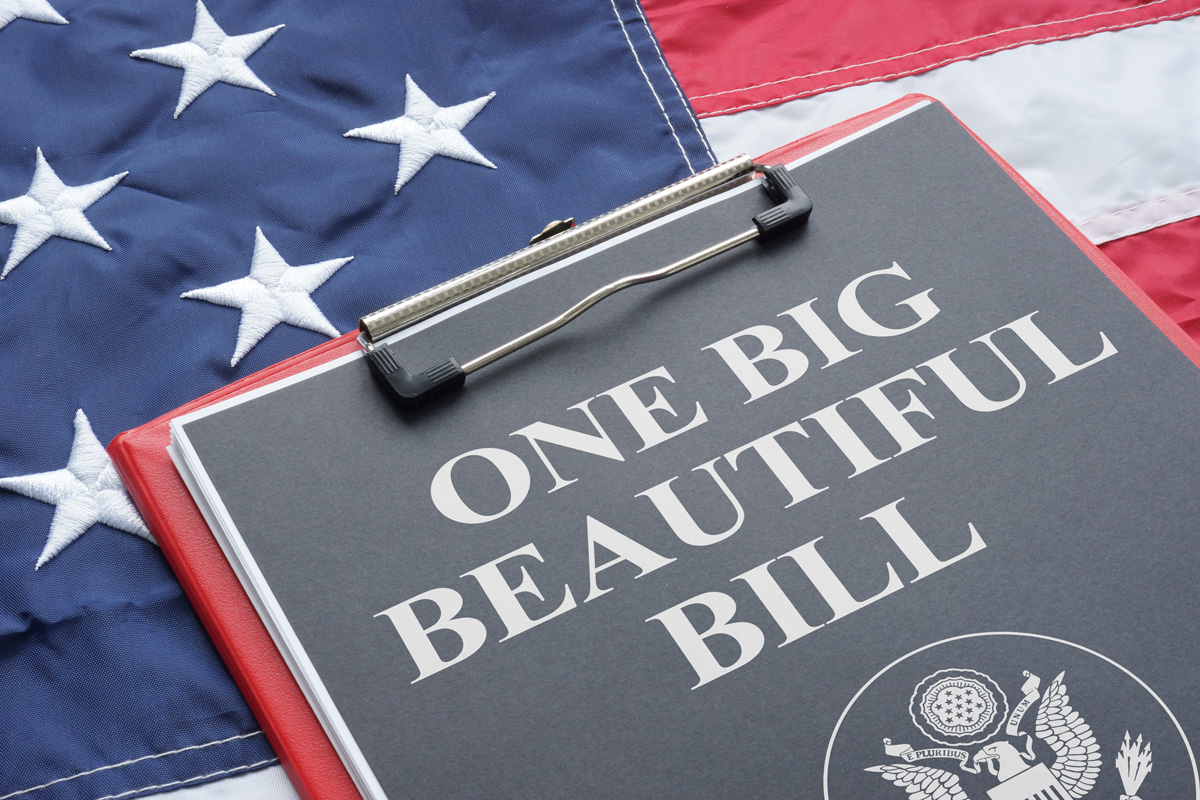The “One Big Beautiful Bill,” a proposed tax and spending bill, is projected to have a mixed impact across income groups. While it aims to provide broad tax relief, analyses suggest that the benefits are disproportionately skewed towards higher-income households, with low-income individuals potentially experiencing minimal gains or even negative effects due to cuts in safety net programs.
Here’s a more detailed breakdown:
High-Income Households:
- Disproportionate Benefits:
A significant portion of the tax cuts, potentially around 60%, are expected to go to the top 20% of earners, who make $217,000 or more. - Larger Tax Cuts:
These households could see average tax cuts of $12,500, representing 3.4% of their after-tax income. - Increased Share of Tax Burden:
Despite the tax cuts, some analyses suggest that high-income earners may still pay a larger percentage of the total federal tax burden due to other provisions in the bill.
Middle-Income Households:
- Modest Gains: Middle-income households are projected to see their taxes reduced, but the gains are likely to be smaller than those for high-income earners. For example, a household making $78,538 (median in Arizona) might see a 0.5% to 2.8% increase in after-tax income.
- Average Tax Cuts: Tax cuts for middle-income households could average around $1,800.
Low-Income Households:
- Minimal Impact:
Many analyses indicate that low-income households will receive minimal benefits from the tax cuts, with some potentially seeing gains of less than 1% of their after-tax income. - Potential Negative Effects:
Cuts to programs like Medicaid and food stamps, which are crucial for low-income individuals, could offset any potential tax relief and even reduce their overall income, according to some reports. - Limited Tax Relief:
Some reports indicate that households earning below $35,000 might see gains of less than 1% from the tax cuts, and those below the poverty line might see even less.
Overall Impact:
- Economic Growth:
The bill’s supporters argue that the tax cuts will stimulate the economy, leading to increased job creation and higher wages for all income groups. - Unsustainable Spending:
Critics argue that the bill will add trillions to the national debt over the next decade and that the tax cuts are not sustainable. - Uneven Distribution of Benefits:
A major concern is the uneven distribution of the bill’s benefits, with the wealthy potentially gaining the most while low-income individuals may see little or no benefit and could even experience negative consequences due to cuts in social safety nets.
Final Thoughts
In conclusion, while the “One Big Beautiful Bill” promises broad tax relief and potential economic growth, its benefits appear to be unevenly distributed across income groups. High-income households stand to gain the most, both in percentage and dollar terms, while middle-income earners see more modest improvements.
For low-income individuals, the bill offers limited tax relief and raises concerns due to possible cuts to essential programs like Medicaid and food assistance. As a result, the legislation may deepen economic inequality and place additional strain on vulnerable populations, prompting debate over the bill’s long-term fairness and fiscal sustainability. To learn more, call Marcus, Fairall, Bristol + Co. today at (915) 775-1040.
